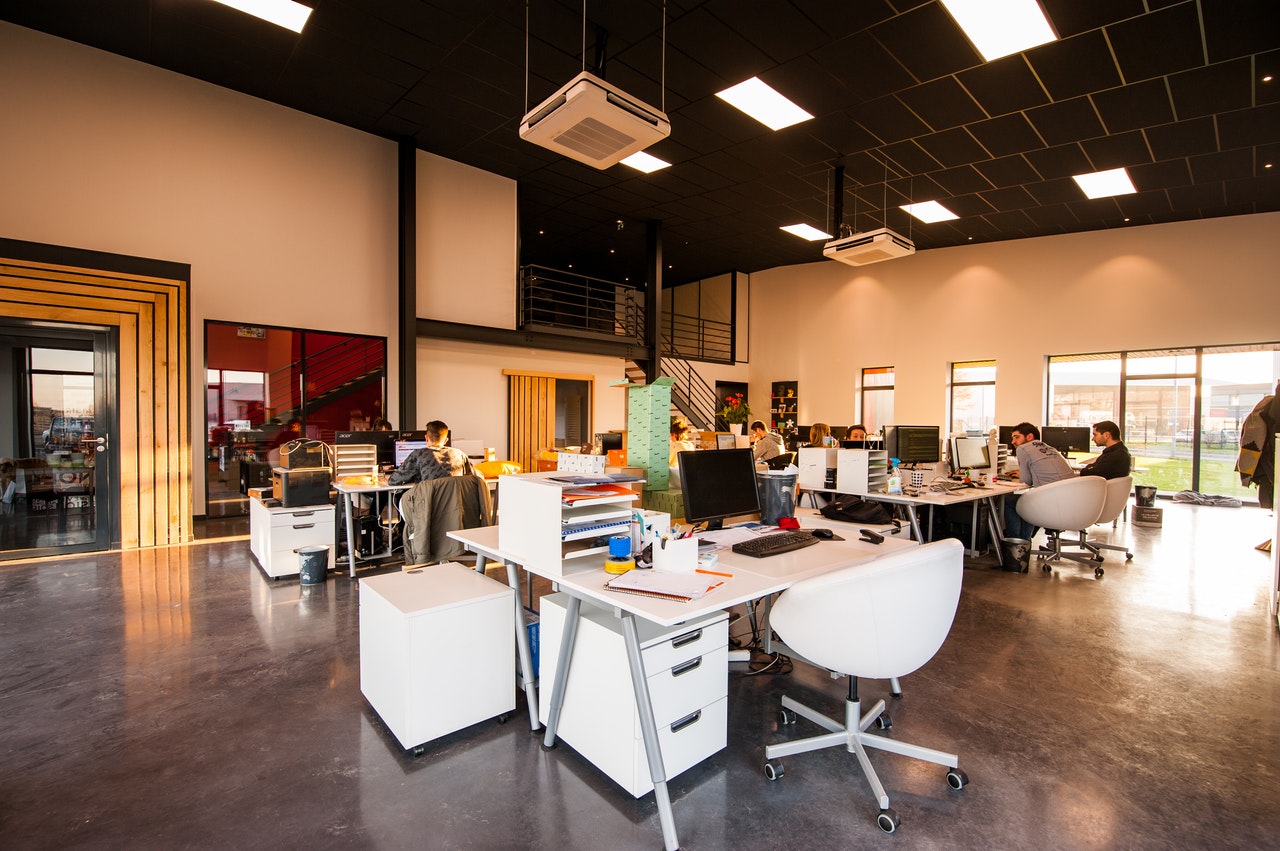You don’t have to build consensus in the workplace. In fact, on some issues, trying to build consensus can be harmful. It can cause unaffordable delays or constitute a failure of leadership.
However, there are other times when it is crucial. For example, if you are introducing new tools for effective business management or new technology or system to employees, getting their buy-in is critical.
Building consensus at the workplace can also be important in an organization where there are several founders or partners. You can use the simple tips below to improve your consensus-building throughout your organization.
1. Approaches to Consensus
 There are several different elements to reaching a consensus. First, recognize that everyone has the same goal, which is to find the best solution. You are all on the same side and the rest is just the details. When you approach building consensus as a team, everyone already feels a greater sense of ownership and belonging.
There are several different elements to reaching a consensus. First, recognize that everyone has the same goal, which is to find the best solution. You are all on the same side and the rest is just the details. When you approach building consensus as a team, everyone already feels a greater sense of ownership and belonging.
The other advantage of this approach is that you can use data on what is best for the company to persuade staff to adopt a new way of doing things that they might otherwise be resistant to. Of course, you will be even more persuasive if you can also demonstrate how the change will be positive for them.
Finally, it is important to realize that you can’t always reach a full agreement with everyone. You need to create a culture in which everyone has the opportunity to be heard but also understands that the decision may ultimately be different from the one they would have arrived at.
2. With Employees
Learning to get your staff on the same page and working toward the same goal is an important management skill. While you could force changes on staff regardless of how they feel about it, it is not great for morale.
If you are in charge of a fleet, and you want to bring in trailer tracking solutions. There are a couple of approaches you can take to this.
Ideally, you’ve built a staff that has a strong team spirit and sense of mission. When this is the case, you can demonstrate the many ways that this will be beneficial for the company, including improving customer retention, increasing trailer utilization, and reducing operating costs.
However, you might also demonstrate to your drivers how this solution will help them. There could be a reduction in their paperwork, and real-time visibility can mean choosing better routes.
3. With Business Partners
 With co-owners and similar shareholders, your task is somewhat different. While you generally hope to retain employees, ultimately, those who are unhappy can move on.
With co-owners and similar shareholders, your task is somewhat different. While you generally hope to retain employees, ultimately, those who are unhappy can move on.
However, when it comes to people who run the company with you and others who have more significant roles, you will need to all be on the same page at least to some degree.
Since everyone will rarely agree on everything, there are a few things you can do to make this process function better. First, agree on what constitutes a fundamental flaw in an idea so that you can throw out any proposals that feature it.
Second, agree that you will not always see eye to eye on what the best solution is and that when this is the case, you will at least settle on a solution that no one finds unacceptable.

I am Adeyemi Adetilewa, an SEO Specialist helping online businesses grow through content creation and proven SEO strategies. Proficient in WordPress CMS, Technical Site Audits, Search Engine Optimization, Keyword Research, and Technical Writing (Portfolio).
I help brands share unique and impactful stories through the use of public relations, advertising, and online marketing. My work has been featured in the Huffington Post, Thrive Global, Addicted2Success, Hackernoon, The Good Men Project, and other publications.


